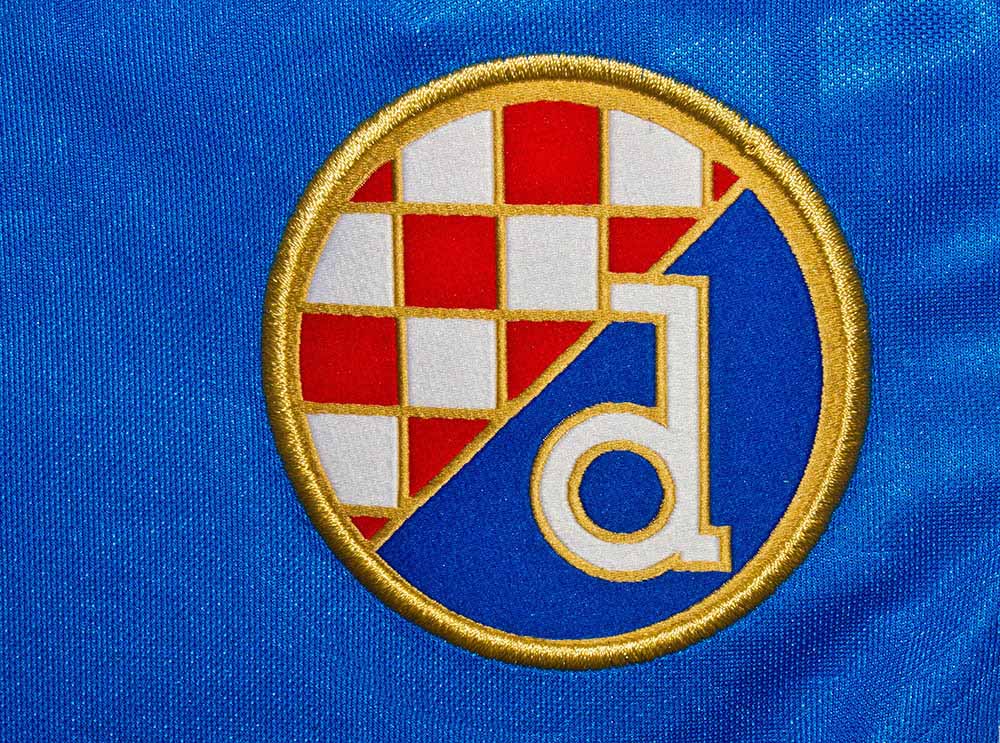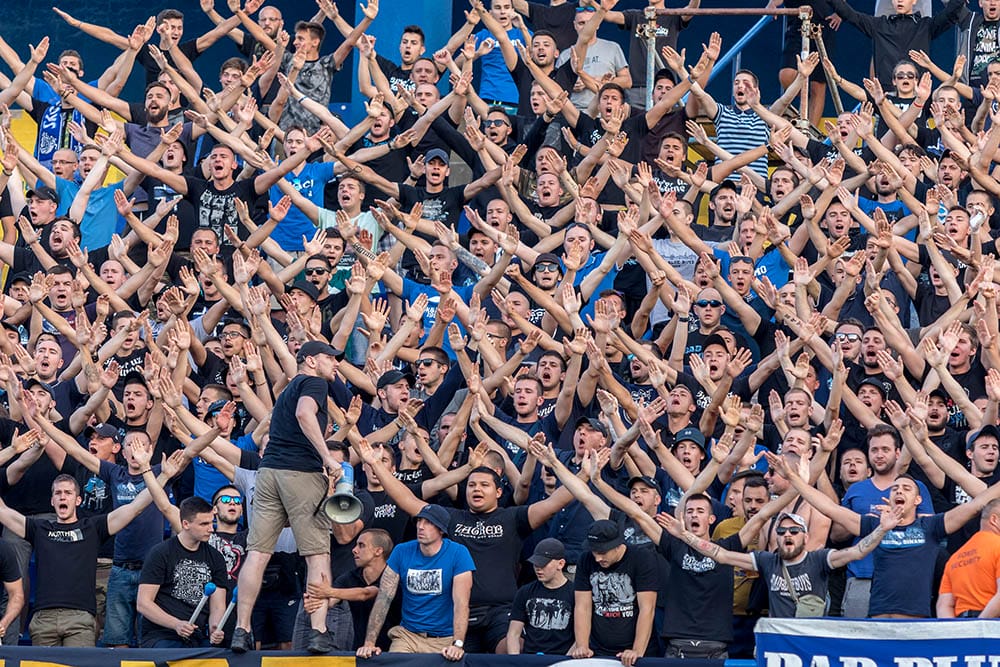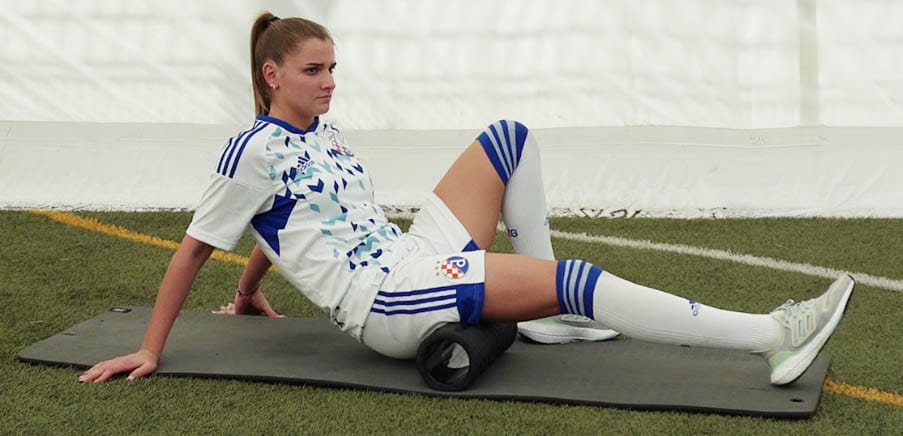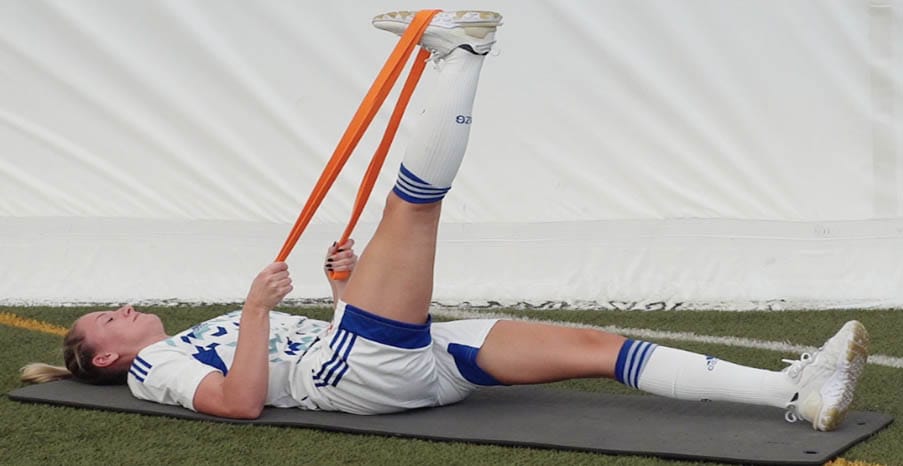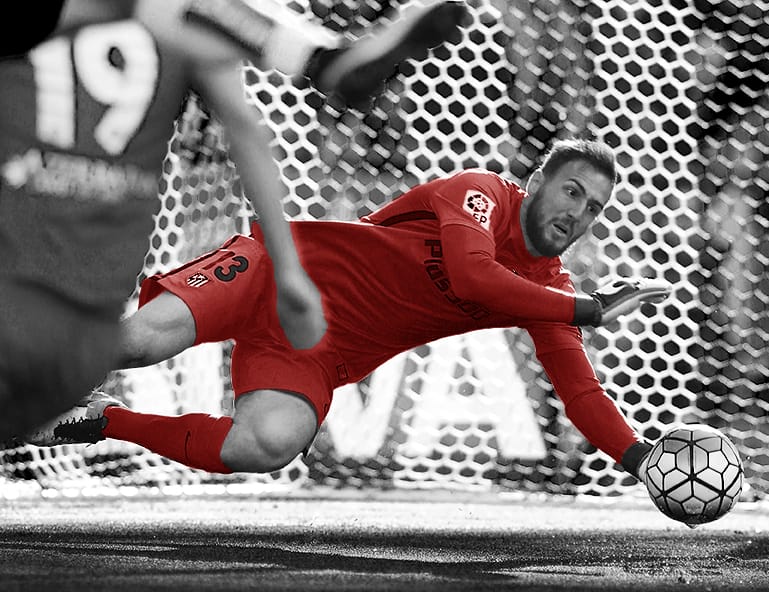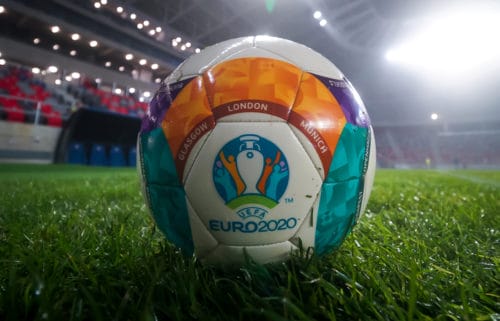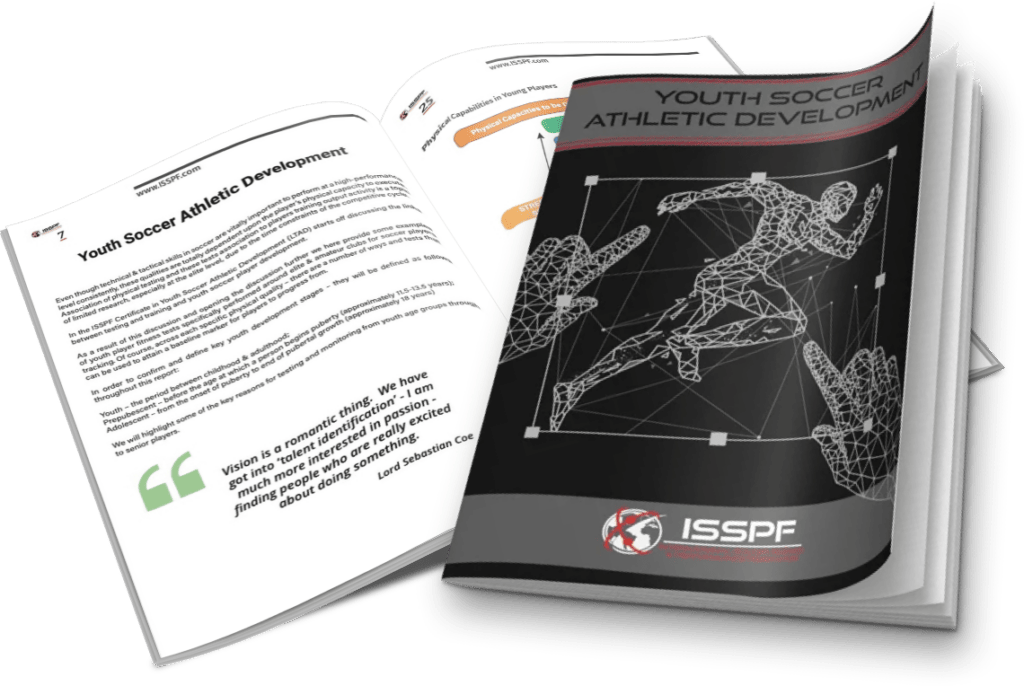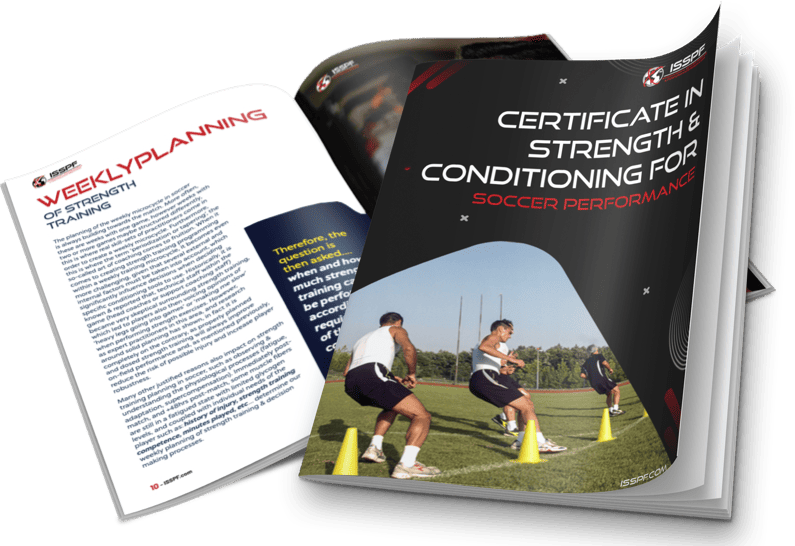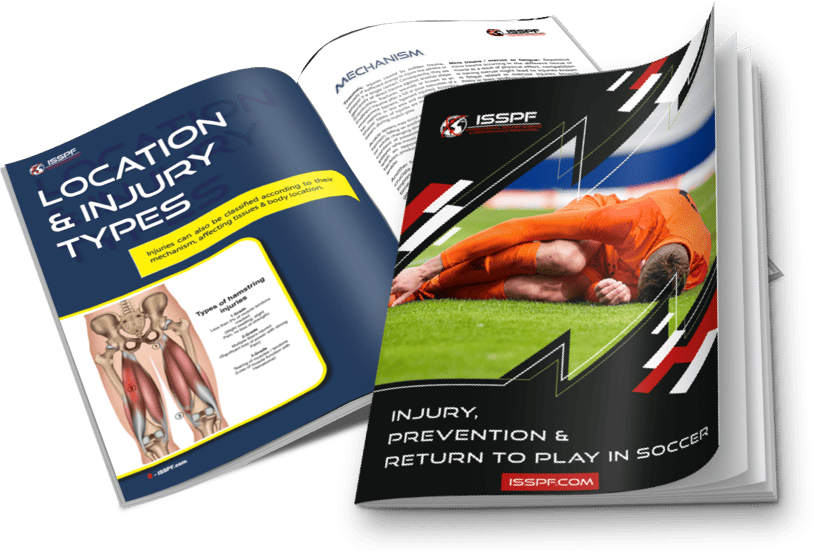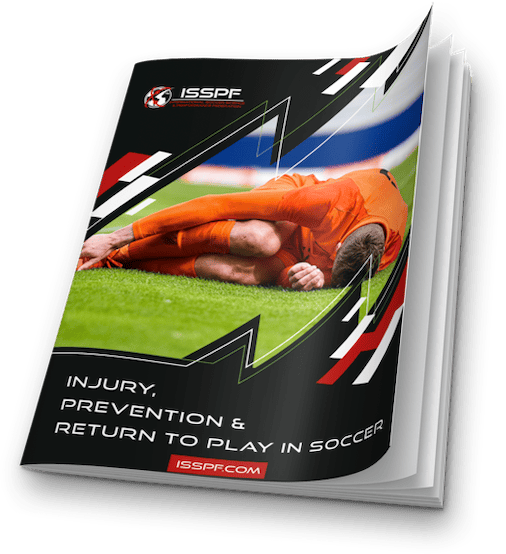Written by: Marko Matušinskij (Head Strength & Conditioning Coach, WFC Dinamo Zagreb)
In the global world of soccer coaching and strength & conditioning, the integration of scientific terminology and evidence-based training content has gained significant traction.
However, within the intricate world of football, certain claims remain unproven or challenging to validate. For those immersed in football and well-versed in the literature, it is recognized that a football team encompasses diverse player groups.
From starting players to backup players, individuals on national teams, players undergoing rehabilitation, members of the travel squad who didn’t participate in the match, and a distinctive group entering your competition or preparation system—these categorizations shape the dynamics of a football team.
Crafting an effective training schedule and programming training loads necessitates tailored strategies for each player category. Beyond these groups, additional unpredictable factors come into play, influencing decisions when structuring a football training day. This article will exemplify how football practices are organized within Dinamo Zagreb WFC.
Before delving into specific details, let’s compile a comprehensive list of key considerations:
- Latest date of the match
- Minutes spent in the game
- Next date of play
- Football for seniors or youth?
- Week’s duration and frequency of matches (one or two per week)
- Team status – tracking for that particular week or day
- Weekly and workout objectives
- How many players are available?
- Communication with the coach
The timing of previous and upcoming matches is a crucial element, yet determining the most pivotal criterion among the aforementioned factors proves challenging, as each element can significantly impact the course of a training day.
To contextualize our position in the timeline, football terminology employs phrases such as MD- (match day minus) and MD+ (match day plus). MD+ indicates the number of days since the last match, while MD- denotes the days remaining until the next match.
Typically, three phrases are employed—MD+1, MD+2, and MD+3—based on the week’s duration. In practical terms, MD+1 and MD+2, representing two days with a recuperative focus, are encountered most frequently. These terms are associated with distinct qualities that render them uniquely significant in contemporary football training practices.

For soccer coaches and strength & conditioning professionals, understanding the intricacies of scheduling training sessions post-football matches is crucial. Football games can take place on Fridays, Saturdays, Sundays, or Wednesdays, contributing to the unique nature of each match day and the surrounding days.
The notation MD-/+ is employed to differentiate these days, with MD+1 consistently representing the day after the match, characterized by distinct properties that coaching staff and conditioning coaches can leverage in planning.
Immediately after a match, the process of structuring a training day kicks off. Considerations such as the match location play a significant role in this planning phase.
For home matches, a recommended approach is scheduling training at 11:00 a.m. the following day. This timeline allows athletes ample time for rest, sleep, and proper nutrition before returning for a post-match assessment and a training session predominantly focused on recovery.
In scenarios involving away matches with a shorter travel time, mirroring the training regimen of the first scenario may be suitable. However, for distant away games, an overnight stay may be necessary.
This accommodation affords athletes extended time for rest and quality sleep, vital for effective recovery. In such cases, the training session is typically scheduled for the day after the match, denoted as MD+2, with a primary emphasis on recovery.
Occasionally, particularly for matchups requiring extensive travel, it becomes imperative for the team to spend the night at the match site. This strategic decision ensures athletes have sufficient time for rest and optimal sleep, both critical components for a comprehensive recovery process. In these instances, the training session is consistently slated for MD+2, focusing on targeted recovery protocols.
By navigating the nuanced considerations of match scheduling and recovery planning, coaches can optimize training sessions to enhance player performance and well-being.
Game Day 1
For soccer coaches and strength & conditioning professionals, the day following a game is a critical juncture for comprehensive player assessment and data collection, particularly regarding compensation training and managing reduced playing time (to be discussed in detail later).
Employing a combination of wellness evaluations and TQR (Total Quality Recovery) surveys allows us to effectively monitor players’ conditions, with special attention given to those who logged more than 60 minutes on the field, as they are likely to experience exhaustion.
Examining survey responses extends beyond assessing physical well-being; it also involves considering the impact of the match on sleep duration and quality. Vigilant observation during training helps identify any sore or swollen areas, enabling immediate treatment or guidance for players to consult with a doctor or physiotherapist for necessary care.
It’s essential to note that playing time alone should not dictate considerations. Surprisingly, players who spent just 45 minutes on the pitch sometimes exhibit higher intensity and activity density than those who played for 60 minutes, underscoring the importance of contextualizing playing time within the overall match dynamics.
The common coaching assertion, “Let them join regular training; it was only a 45-minute game; what could go wrong?” merits careful consideration.
While this might hold true in certain scenarios, a closer examination of exertion levels during those forty-five minutes becomes possible with the aid of microtechnology or GPS systems. In a specific match scenario, our team was trailing and needed to make a comeback. Consequently, the coach introduced additional offensive players, requiring them to play the entire game to secure a victory or claim three crucial points.
This exemplifies the nuanced decision-making required and emphasizes the need to assess the actual levels of exertion, reinforcing the importance of leveraging technology for precise player evaluation and strategic planning.
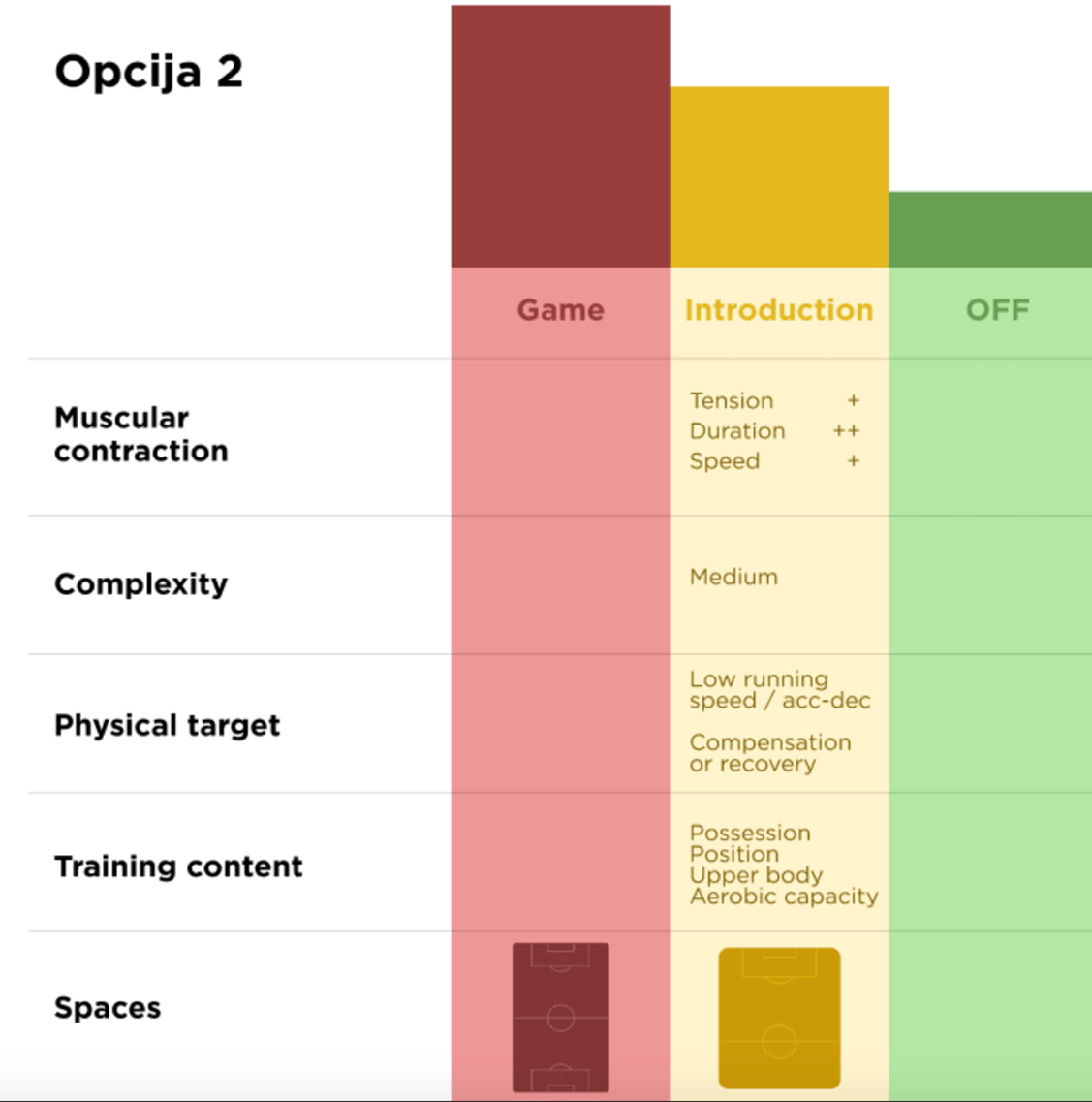
For soccer coaches and strength & conditioning professionals, optimizing post-match recovery on MD+1 is paramount. Rather than skipping training and focusing solely on recuperation, I recommend increasing volume during this phase to address activities that players may not have sufficiently engaged in during the game.
To guide our approach, I categorize match measurements into three key areas:
- Changes in direction, accelerations, and decelerations
- Running at a high pace of more than 19.8 km/h
- Total distance covered
Additionally, specific categories for aerial duels, ground duels, and shots taken can be added. Players with over 60 minutes of play typically undergo recuperation training on MD+1, replicating the match load. For those with less playing time, compensatory or levelling training is employed to ensure consistency with the starting eleven.
Analyzing match behaviour becomes crucial, especially if GPS data is unavailable. Video analysis offers insights into player performance during the game. Transitioning from the field to the locker room, my initial stop at the club is the medical and physiotherapy facilities.
A brief 10 to 20-minute meeting provides essential information on the team’s condition. Subsequently, extensive discussions with the head coach and coaching staff help schedule each player’s activities for MD+1. Training material is promptly created based on these decisions.
Preparing for the training session involves gym or pitch visits, additional testing, and specific preparations for athletes in the compensated training group. Tests may include countermovement jumps, long jump evaluations, or the 5-second adductor squeeze test.
The recovery-focused group initiates training sessions with myofascial release exercises targeting key areas like adductors, quads, and hamstrings.
Following this, extra attention is given to specific player needs. Myofascial release, as discussed by Hopper and Deacon (2015) [1] and supported by Cheatham and Kolber’s (2015) research [2], enhances muscular flexibility and aids in reducing inflammation in muscles and tissues, as indicated by Weerapong, Hume, and Kolt (2005) [3].
Moreover, myofascial releases positive impact on blood and lymph circulation expedites waste product removal from muscles, facilitating faster healing and reducing inflammation post-game. The psychological aspect should not be overlooked, as initial player apprehensions often transform into appreciation after experiencing the tangible benefits first-hand. Prioritizing this holistic approach to recovery on MD+1 contributes significantly to players’ overall well-being and performance longevity.
As soccer coaches and strength & conditioning professionals, integrating individualized warm-up routines and myofascial release treatments into our training sessions with the women’s football team, WFC Dinamo, has proven to be a transformative practice. Initially met with some resistance, it took dedicated efforts to convince the players of the inherent benefits and educate them on the significance of these techniques.
After months of persistence, the players now instinctively allocate 15 to 20 minutes individually in the gym for their preparatory routines before team training commences.
To enhance our warm-up regimen further, we incorporate mobility exercises and static stretching following the relaxation phase.
Our focus extends to four major muscle groups, integrating targeted static stretching exercises into recovery training sessions:
- Stretching the hamstrings
- Frog stretch
- Calf stretch
- Quad stretch
Each stretching and relaxation technique for these muscle groups typically spans 30 to 60 seconds. Subsequently, we engage in mobility exercises designed to enhance overall body mobility. While acknowledging the importance of hip mobility, our approach encompasses comprehensive work on every part of the body.
This dedicated warm-up routine serves not only to optimize performance but also to prevent injuries by promoting flexibility and enhancing overall body mobility.
The players, once hesitant, have embraced these practices, attesting to their effectiveness in fostering a proactive and injury-resistant team culture. As we continue to prioritize individualized warm-up strategies, our aim is to elevate the team’s overall performance and contribute to the long-term well-being of the players.
As soccer coaches and strength & conditioning specialists, optimizing joint mobility and flexibility is a priority in our recovery approach. Each joint system is systematically targeted with three to six exercises, featuring 10–20 repetitions and/or 30–60-second holds per exercise. The overarching objective during this phase is to significantly increase the range of motion among our players. This emphasis is vital, considering that flexibility often diminishes post-game, and neglecting this aspect may lead to potential issues within the squad.
While detailed discussions on each recovery group member are beyond the scope here, we incorporate a holistic approach. Following mobility, stretching, and relaxation exercises, our routine includes breathing exercises, core activation routines, and upper body strength or hypertrophy workouts.
Strategic selection of training strategies, especially for our main workouts, is imperative. To conclude our sessions, we often incorporate a brisk jog or a 20-minute bike ride around the field, and coaches frequently inject some football tennis for a quick and enjoyable burst of activity.
The inspiration for this multifaceted recovery approach arose from my discussion with Marc Cleary on recovery indicators, accessible on the ULTRAX PODCAST #1 titled “Markers of Recovery with Marc Cleary.”
Cleary highlighted the NBA’s use of short shooting drills the day after a game, revealing that even a 20-minute workout causing mild sweating can have a beneficial antioxidant effect. In a compelling case from hockey practice, capillarization training was integrated almost daily for 20 to 45 minutes. Initially divided into three parts—start, middle, and finish—this approach was aptly termed “Rebound training” by Joel Jameson.
Drawing on research by Hopper and Deacon (2015) [1], Cheatham and Kolber (2015) [2], and Weerapong, Hume, and Kolt (2005) [3], the science behind myofascial release techniques and their positive impact on joint range of motion, muscle recovery, and injury prevention is underscored. This evidence-based approach informs our practices, ensuring that each element of our recovery regimen contributes to the holistic well-being and performance longevity of our players.
Strength Conditioning for Football Performance Course
References
- Hopper, D. and Deacon, S., 2015. Das Miofascial-Release-Technikkonzept: Funktionelle Anatomie. Georg Thieme Verlag.
- Cheatham, S. W. and Kolber, M. J., 2015. The Effects of Self-myofascial Release Using a Foam Roll or Roller Massager on Joint Range of Motion, Muscle Recovery, and Performance: a Systematic Review. Sports Physical Therapy, 16(1), pp. 87-93.
- Weerapong, P., Hume, P. A., and Kolt, G. S., 2005. The Mechanisms of Massage and Effects on Performance, Muscle Recovery and Injury Prevention. Journal of Sports Science & Medicine, 4(1), pp. 1-13.
Elevate Your Game with the Certificate in Strength & Conditioning for Football Performance! 🏋️♂️⚽
Unlock your full potential on the football field with our specialized online course! Introducing the ISSPF Certificate in Strength & Conditioning for Football Performance, your key to superior athleticism and game-changing skills.
🌐 WHY CHOOSE OUR COURSE?
✅ Expert-Led: Learn from industry-leading professionals with a proven track record in football performance.
✅ Comprehensive Curriculum: Master the science behind strength and conditioning tailored specifically for football players.
✅ Flexible Learning: Access engaging modules at your own pace, from anywhere in the world.
✅ Practical Insights: Gain real-world insights and strategies to enhance on-field performance.
✅ Internationally Recognized Certification: Boost your career prospects with a certification recognized globally.
📈 WHO SHOULD ENROLL?
Football or soccer coaches, fitness enthusiasts, and anyone passionate about optimizing performance in team sports.
🎓 WHAT YOU’LL LEARN:
🏋️♂️ Strength Training Protocols
🏃♂️ Speed and Agility Development
🤸♂️ Injury Prevention Strategies
🍽️ Nutrition for Footballers
🔥 Ready to take your football performance to the next level? Enrol now and kickstart your journey with the ISSPF Certificate in Strength & Conditioning for Football Performance! 🔥
📧 For inquiries, contact us at [email protected]
Share this article:

